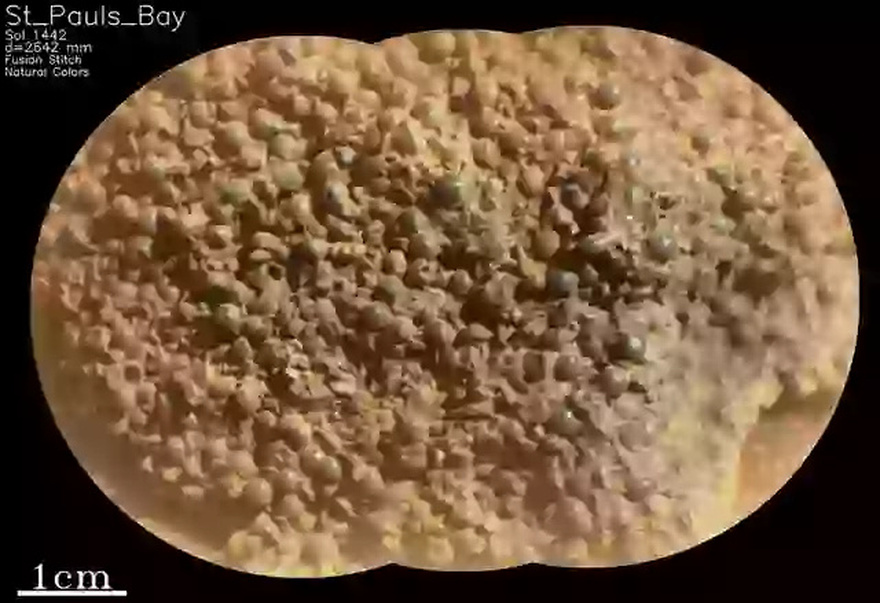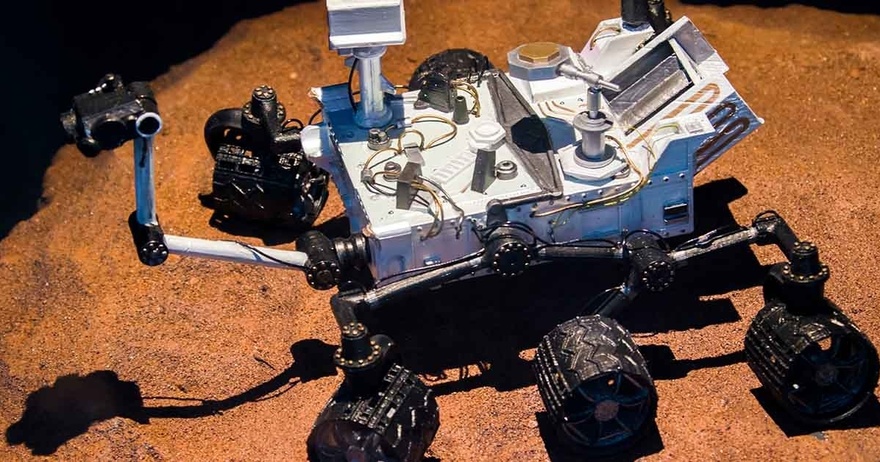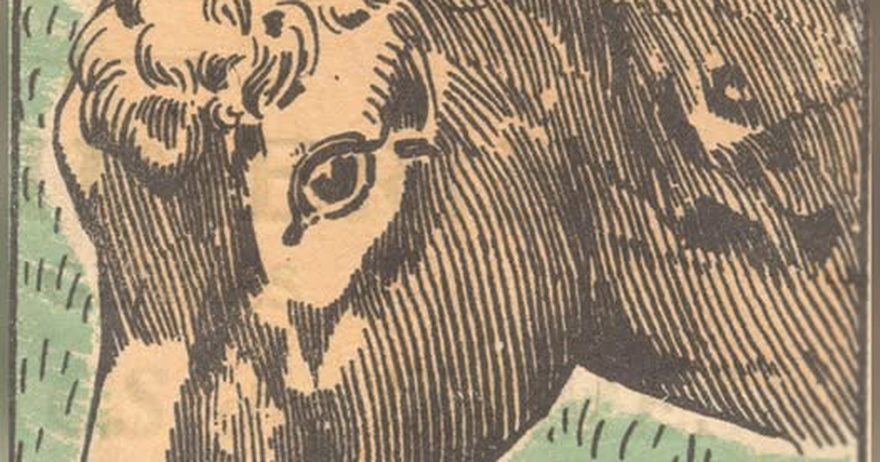Mars just threw us another curveball. NASA’s Perseverance rover recently uncovered a surprising rock formation. On the lower slopes of Witch Hazel Hill, inside the Jezero Crater, it spotted a strange site. Scientists named it “St. Paul’s Bay,” and it stands out from anything ever seen on Mars. This marks another thrilling chapter in the story of NASA’s Mars Rover missions.
The discovery sparked both excitement and confusion. Tiny gray spheres cover the rock, clustered so tightly that it looks almost artificial. This formation doesn’t just appear odd—it may carry big meaning. Researchers are racing to figure out where the rock came from and how it formed. Its location away from the original formation site only adds to the puzzle.
This rock might offer fresh insight into Mars’ history—possibly even its past ability to support life. It could also guide scientists toward regions on Mars worth exploring more deeply. The unique makeup of these formations might help refine the search for ancient microbial life or signs of long-gone water systems. By analyzing how similar spheres form under Martian conditions, researchers can test new models about the planet’s surface evolution. Every time the Mars Rover sends back data like this, it expands our understanding of the Red Planet and drives science forward.
A Rock Full of Spheres and Theories
Hundreds of tiny, dark gray spheres cover the rock. They pack together tightly, forming a crust. Some look round, others stretched or broken, and few even show tiny pinholes.

NASA classifies it as a “float rock.” It didn’t form where Perseverance found it. It likely traveled there through natural forces or a past impact, making its origin harder to trace.
But, scientists have proposed two main theories.
First, a meteorite impact might have caused it. A strike could have melted rock and thrown molten material into the air. As it cooled, the material may have formed small spheres and landed back on the surface.
Second, it may have rolled down from higher ground. Satellite images reveal dark layers farther up Witch Hazel Hill. The rock could have broken off and traveled downhill over time, which could explain the location that the Mars Rover found the it.
Each theory faces problems. The impact theory doesn’t account for the angular shapes or pinholes. The downhill theory doesn’t explain why similar rocks don’t appear uphill, so, the mystery continues.
NASA’s Mars Rover was able to captured high-resolution images of the formation, revealing just how unusual it is. These detailed visuals help scientists examine the surface patterns more precisely. They also allow teams on Earth to compare this rock to others found during earlier missions. With every new image, researchers find fresh angles and possibilities to consider.

A Nod to Martian Blueberries
Mars has shown round features before. In 2004, NASA’s Opportunity rover found tiny, hematite-rich spheres called “Martian blueberries.”
These looked similar but appeared scattered, not clustered. They also formed in water, which was a major clue in the search for life.
The new spheres might not share that origin. They cluster more tightly and may come from different processes. Scientists still don’t know their exact composition. Until chemical analysis confirms it, no one knows if water played a role.
Still, the comparison proves useful. It shows that Mars can form these features in more than one way. NASA’s Mars Rover program keeps uncovering clues that reshape what we know.
Why This Matters for Mars Research
Learning how these spheres formed can reveal key facts about Mars. If water shaped them, it strengthens the idea that Mars once supported life-friendly conditions. If not, the spheres may point to unknown underground forces.
Each discovery sharpens our view of the planet. It also helps target future missions. Scientists use these finds to decide where to explore next and what to investigate. The Mars Rover plays a central role in this effort.

Unusual discoveries like this also challenge our assumptions. Could Mars have processes we haven’t identified? Are we overlooking new clues hidden in plain sight?
What’s Next for Perseverance
Perseverance has plenty more work ahead. Its advanced tools help it study rocks like St. Pauls Bay up close. With cameras, sensors, and spectrometers, it can analyze shape, texture, and chemistry.
It might even collect samples for return to Earth. If this rock proves unique, it could hold a vital place in Mars’ geological story.
In the meantime, this find keeps our curiosity alive. Each new discovery reveals another piece of the puzzle. Step by step, Perseverance helps build the full picture.
Thanks to the Mars Rover, we continue to learn more about the Red Planet every day. Mars may stay silent—but it never fails to surprise.
King Charles Shares Emotional Easter Message of Love amid Cancer Treatment
Sam Smith Is Neither A Man Or A Woman, Claims They Are A Mix Of All Things.
My Dad Walked Out When I Was Three—At His Funeral, I Discovered the Surprising Gift He Left Me in His Will
Khloé Kardashian Reveals She Doesn’t Allow Her Kids to Have Sleepovers — and Why She’s ‘Very Strict About It’






























